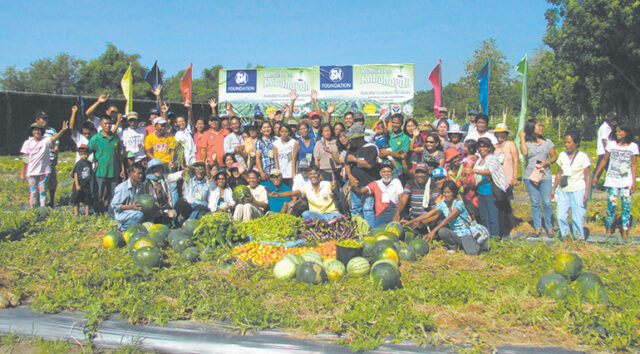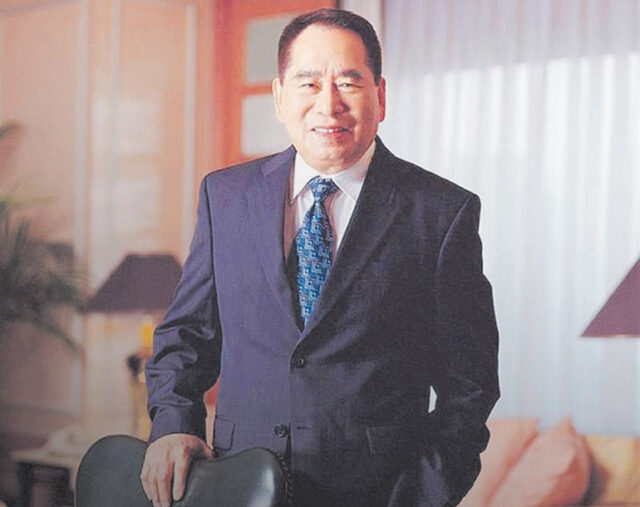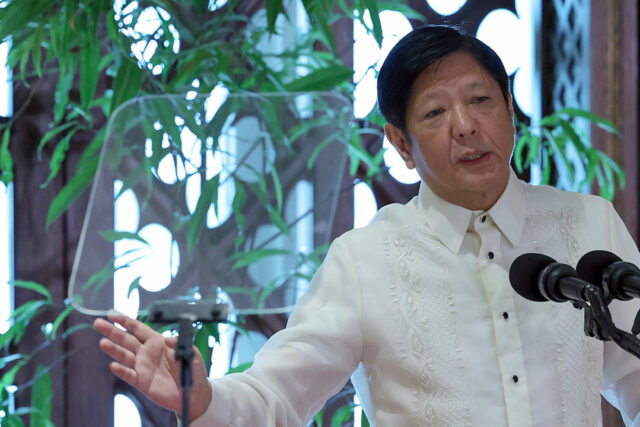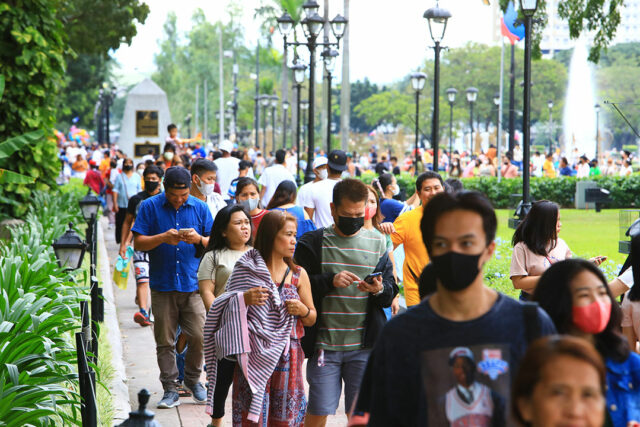A classic success story has been written and carved by SM in the country’s business landscape. Starting out as a small enterprise to becoming one of the largest conglomerates in the Philippines, the SM story has been an inspiration to several budding entrepreneurs.
As a lot of Filipinos already know, whether a businessperson or not, SM’s journey to success began with the sale of shoes. Founder Henry “Tatang” Sy, Sr. established a small shoe store called ShoeMart in Carriedo, Manila in 1958. ShoeMart then expanded as a department store in the 1970s, becoming known as SM. It grew further in 1985 with the opening of its first shopping center, SM City North EDSA. Over the years until at present in its 65th year, SM maintained its name etched in the corporate scene and the minds of many Filipinos with its constant service and expansion.
While SM is mainly associated with shopping malls, the business extends to other segments of real estate and the banking industry. It also has investments in key sectors such as logistics and energy, among others.
Expansive development
SM’s chain of shopping malls has reached more than 80 establishments across the Philippines, with 24 malls in Metro Manila and 60 in the provinces. Many of these, such as SM Megamall, SM Mall of Asia (MOA), and SM Sta. Mesa (formerly SM Centerpoint), to name a few, have been at the top of mind for many when it comes to meeting with the family, friends, colleagues, or loved ones.
SM Prime Holdings, Inc., the conglomerate’s property arm, planned to open at least three malls this year, among which were SM City Bataan that opened last May and SM Center San Pedro in Laguna just this month.
SM Prime has been preparing to expand its presence in provincial areas, especially Northern Luzon, Visayas, and progressive cities in Mindanao.
“Our businesses are still operating in many highly underpenetrated sectors and we intend to serve Philippine communities in more regions nationwide,” SM Investments Corp. (SMIC) President and CEO Frederic C. DyBuncio said in a statement last January.
Beyond the Philippines, SM Prime also has seven malls in China.
Building more developments on the residential side is also aimed for by SM Prime for the current year, specifically targeting to launch 15,000 to 20,000 units. SM Development Corp. (SMDC), its residential arm, currently has 84 residential projects.
SMDC also expanded in the province with new residential developments, namely Vail Residences in Cagayan de Oro, Now Residences in Pampanga, and Zeal Residences in General Trias, Cavite. It has 18 residential properties in key provincial cities as of 2022.
In the retail business, SM Retail, Inc. is growing in various provinces as well, with over 80% of its new retail stores established in those areas. The SMIC retail arm has more than 3,300 department stores, various-sized grocery stores, and specialty retail stores. It seeks to add around 400 stores to its network this year.
SM also supports tourism further through its hotel and convention business. SM Hotels and Conventions Corp. (SMHCC) opened the new SMX Convention Center Clark in Pampanga last year, which it envisions to contribute to establishing Northern Luzon as a destination for meetings, incentives, conferences, and exhibitions (MICE). SMHCC now has eight convention centers with a total leasable space of more than 37,000 square meters, as well as nine hotel properties with a combined inventory of over 2,200 rooms.
Another development launched last year was the FourE-com Center in the SM Mall of Asia Complex, adding to the office portfolio of SM Prime.
Beyond shops and spaces
Along its journey to success in the malling scene, SM has also ventured into the banking sector through BDO Unibank, Inc. and China Banking Corp. (China Bank).
BDO offers a range of financial services, including deposit-taking, lending, investment banking and life insurance, among others. It has more than 1,600 branches across the country.
Furthermore, it also takes part in furthering financial inclusion and hence seeks to broaden the reach of its financial services. Particularly, the bank has also driven its rural bank subsidiary BDO Network Bank to reach communities that lack access to financial services.
Also providing a variety of banking services is China Bank, which has over 600 branches nationwide as of 2021. It is also doing its part in boosting financial inclusion by building up its automated teller machines (ATMs) and making account opening easier through its mobile app China Bank START.
Banking, along with property and retail, is among the core businesses of SM. But beyond these industries, SM also invested in other sectors with high growth potential.
In the logistics industry, SMIC increased its stake in AIC Group of Companies Holding Corp. (Airspeed) to 51% last year. Among the core services of Airspeed are customized logistics; freight solutions management; warehousing and distribution; and customs clearance.
It also grew its investment in geothermal stream for renewable energy generation, having fully acquired the Philippine Geothermal Production Company (PGPC) in 2022.
SMIC’s Mr. DyBuncio said they are “particularly optimistic about these opportunities,” adding that it expects the contribution of its portfolio investments to its consolidated earnings to increase over time.
SMIC also has portfolio investments in integrated resorts developer Belle Corp., integrated transportation and logistics provider 2GO Group, natural resource-based company Atlas Consolidated Mining and Development Corp., co-living spaces developer Philippines Urban Living Solutions, Inc. (PULS), office towers developer NEO Subsidiaries and NEO Associates, community mall chain CityMall, and bakeshop Goldilocks.
Supporting growth
Such businesses have made up for the expansion of SM from being a small enterprise back in the 1950s. Now a large corporation, SM is supporting its partners in the micro, small, and medium-sized enterprise (MSME) sector by providing them with growth opportunities through its retail, property and banking businesses.
Numerous MSMEs have found a space to do business across SM Supermalls, and such businesses make up 68% of its tenants.
SM also offers financial support to MSMEs through BDO and China Bank. Overall, the banks accounted for more than P62 billion in outstanding loans to these enterprises last year.
Another way in which SM has supported the MSME sector is through the SM StartUp Market, which has launched its second batch of new enterprises participating in the program this year. The SM StartUp Market package includes startup-friendly rates and allows the use of kiosks or carts at no cost.
“Starting as a small enterprise ourselves, we recognize MSMEs as a driving force for innovation,” SMIC Vice-Chairperson Teresita Sy-Coson had said in a separate statement. “They are the ones who bring new ideas, new concepts, new offerings to the consumers. That’s why we remain committed to supporting the growth and empowerment of MSMEs.” — Chelsey Keith P. Ignacio

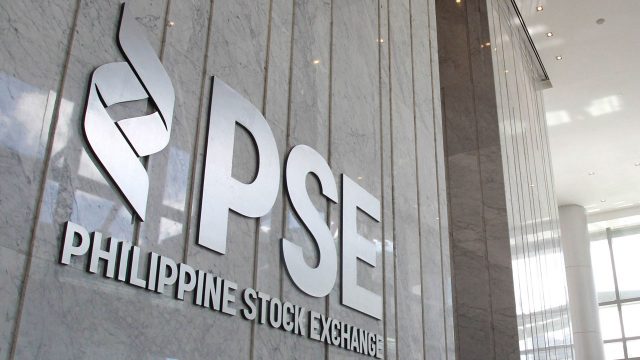
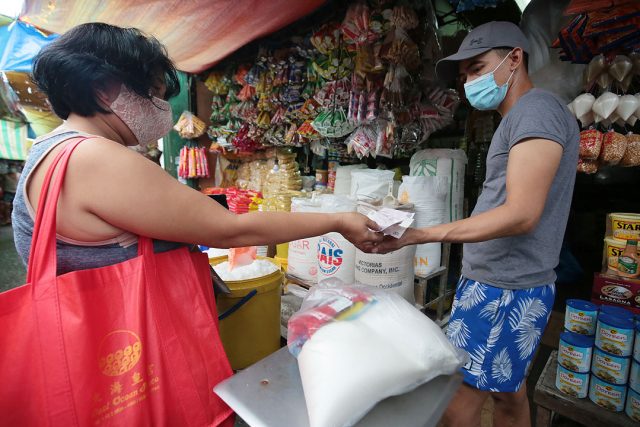




 SM Center San Pedro is home to the familiar Filipino restaurants we love, as well as local food stops that are sure to satisfy your cravings. Malia’s, a home-grown café, is set to become the newest spot for family gatherings and friendly dates. If you’re looking for good coffee paired with mouth-watering cakes and pastries, After Tree is for you. Your Daily Bread has delectable bread, pasta, and hot meals. Japanese food lovers will surely flock to Botejyu. Other restaurants and food kiosks include Coco, Yogorino, Pickup Coffee, Jollibee, Chowking, Dunkin’ Donuts, Sweet Claire Patisseries, The HubStop, Zark’s Burgers, Gong Cha, and Mang Inasal.
SM Center San Pedro is home to the familiar Filipino restaurants we love, as well as local food stops that are sure to satisfy your cravings. Malia’s, a home-grown café, is set to become the newest spot for family gatherings and friendly dates. If you’re looking for good coffee paired with mouth-watering cakes and pastries, After Tree is for you. Your Daily Bread has delectable bread, pasta, and hot meals. Japanese food lovers will surely flock to Botejyu. Other restaurants and food kiosks include Coco, Yogorino, Pickup Coffee, Jollibee, Chowking, Dunkin’ Donuts, Sweet Claire Patisseries, The HubStop, Zark’s Burgers, Gong Cha, and Mang Inasal.











